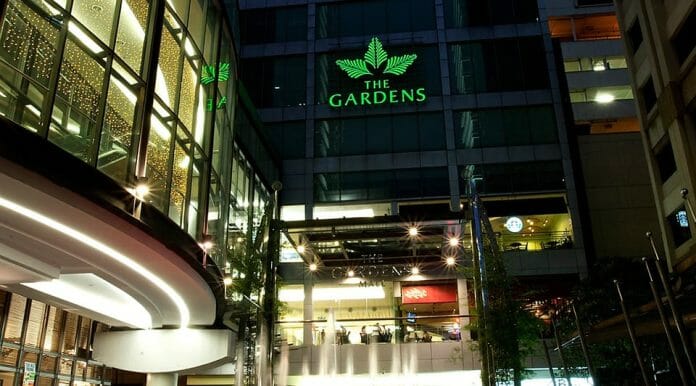During the third annual REIT forum organised by the Malaysian REIT Managers Association, where industry experts and CEOs gathered to discuss M-REITs’ outlook, most speakers highlighted the challenging environment posed by global economic factors and persistent oversupply issues in the sector but outlined how REITs can navigate them. Among the issues raised was also on ESG, highlighting the importance of fully embracing sustainable practices to stay relevant in the future.
The economists who presented in the forum generally highlighted the challenging macroeconomic environment ahead. While negative factors such as high inflation and increasing interest rates are the much-discussed downside risks, they are potentially mitigated with a drawdown of “excess savings” which had grown considerably due to the pandemic. Other upside risks come from an improving tourism sector, resilient foreign direct investment or FDI, as well a strong approved investment trend in the country for automation, digitalisation, and 5G.
According to Knight Frank, the cumulative supply of retail space in Klang Valley is expected to increase from 68.4m sq ft in 2022 to 71.9m sq ft in 2023, and 73.7m in 2024. Some of the notable new malls expected to open in 2023 are The Exchange TRX (1.3m sq ft), and 118 Mall (850k sq ft). The risk of an economic slowdown will further compound the downward pressure on rental reversion and occupancy rates. The panelists discussed how these new malls will have a lot of the same tenants which will only increase competition. It is important for management to look for new brands and constantly reposition the mall to keep things fresh for customers. Despite the negative outlook, retail REITs have shown to be resilient in surviving the pandemic. While growth may be limited, good management by REITs and the strength of key malls should ensure stability.
The evolution of the workplace because of the pandemic has changed the demand for office space, and CBRE|WTW is expecting the average occupancy rate of purpose-built offices to decline from 80.8% in 2019 to 75.1% in 2023 as new supply comes into the market. So far in 2022, 2.5m sq ft of new supply was only met by 1m sq ft in demand.
While the structural changes are apparent, the panelists suggested that a lot of tenants are adopting a “wait and see” approach to determine how much space they need. As long as tenants adopt a hybrid work model, the demand for office space may not change materially. In fact, some tenants are asking for more space for an open-concept office space.
Moving forward, office REITs would have to cater to the demands of the next generation of workers with features such as on-site childcare or private space at the office, allowing for the benefits of work-from-home at the office.
In view of this climate, RHB Investment is still maintaining a neutral stand with IGB and Axis as its top picks.









